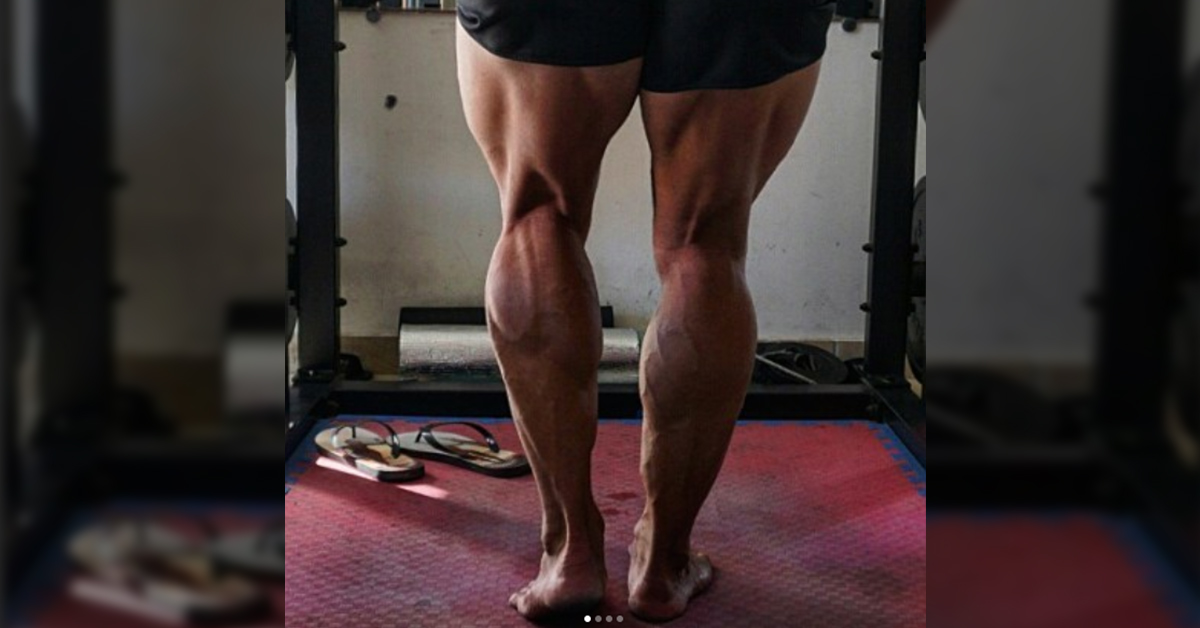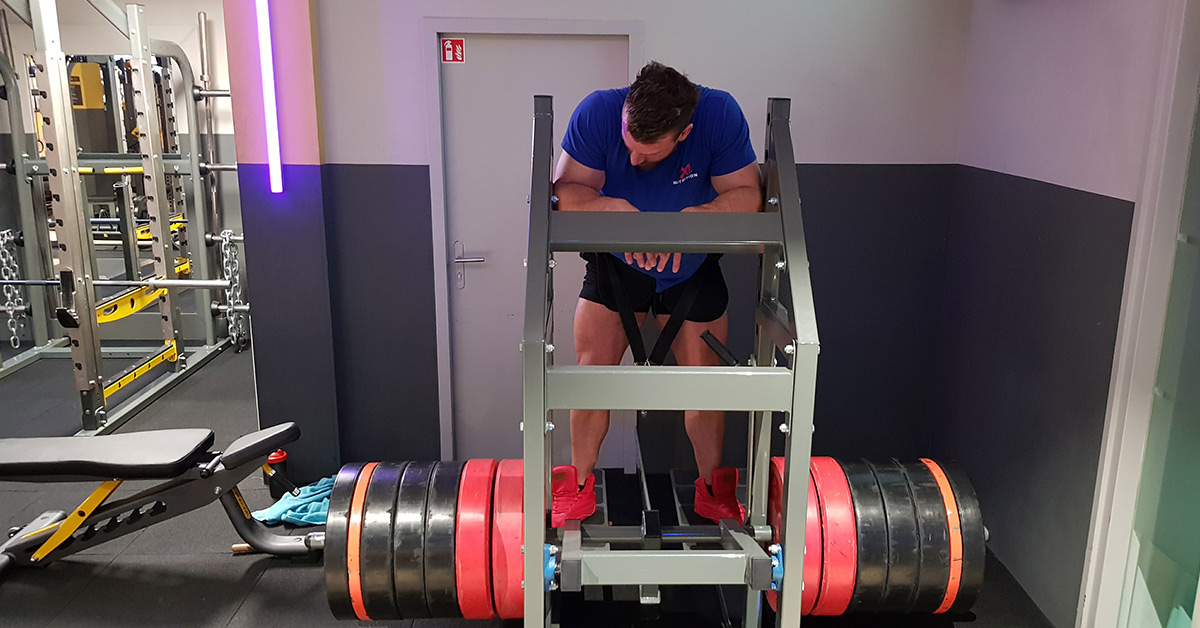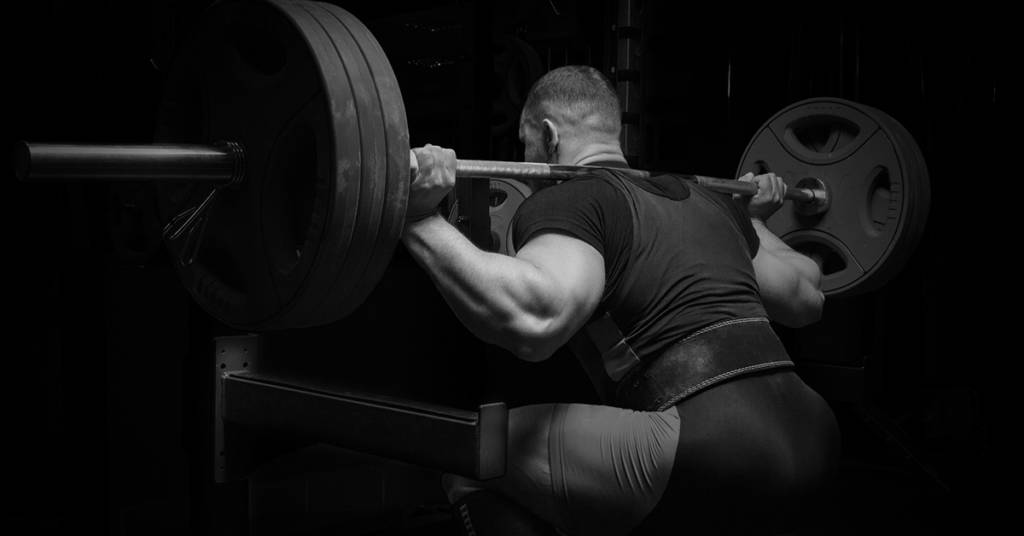We all know them; those (mainly) guests in the gym who mainly, or actually only train the muscle groups that can be seen in the mirror. The mirrors are probably always very high, because they do not pay attention to legs. Legday is the most skipped training day worldwide, so much so that there is a slew of memes about it and some youtubers have become famous for ridiculing these dreaded days. In the winter you sometimes get away with it with your long pants, but in the summer it is either always long pants on, or with your skewers on the beach. And of course we don’t do that, gentlemen! The ladies generally train the legs seriously, so a nice article for you too, ladies! We will not only cover the quads, but also the hamstrings. Hamstrings give your legs a complete look, especially from the back. In addition, they are absolutely important to make you less prone to injuries. So take it seriously!
GENERAL TIPS IN ADVANCE
Before we proceed: In addition, keep in mind that blunt throwing is not optimal unless you are training for injuries and a big ego. Especially because the legs contain very strong muscles, this is good to keep in mind. FOCUS on the movement you do and the muscles you train. No swinging with your entire upper body, no swinging from your buttocks or lower back when you do a lying leg curl, etc.
In addition: Do not do exercises that do not feel good! I keep saying it, but no one exercise is irreplaceable. If something really doesn’t work or hurts in a joint, stop and find something that works, possibly with a good personal trainer / coach. I myself have been messing around with a knee injury for a long time; this was always the reason for legs lagging far behind. With more knowledge and better thinking, it is now possible, despite the fact that the injury is still there, to get decent mass!
That said .. here we go!
ANATOMY
HAMSTRINGS
The hamstrings can be divided into 4 different muscles with perhaps less known names than those of the quadriceps. From the inside to the outside (medial to lateral) they have the following names: Semimembranosus, Semitendinosis, and the Biceps Femoris (as in the arm, a long and short head).
The Semimembranosus and Semitendinosis originate from the pelvis and insert on the tibia. The long head of the Biceps Femoris originates on the pelvis, with the insertion on the fibula.
These 3 muscles are biarticular. This means that they span 2 joints (the hip and the knee). For this reason, they work in hip extension as well as knee flexion. We have to take this into account during training, but I will come back to this later.
The short head of the Biceps Femoris only spans the knee joint. Therefore, it only cooperates in knee flexion. The hamstrings therefore consist of 4 muscles that can provide knee flexion and 3 that can provide hip extension.
Finally, the layout of the muscle fibers; the hamstrings are approximately 50/50 fast twitch / slow twitch, with the exception of personal variation.

QUADS
We can subdivide the quadriceps into 4 different muscles (it was recently discovered that there are also a 5 th and a 6 th , but that is not very interesting for now).
Medially (on the inside, the ‘teardrop’) we have the Vastus Medialis. Laterally (on the outside) we have the Vastus Lateralis. In the middle is the Vastus Intermedius. These 3 muscles have their origin on the femur, the thigh, and attach to the tibia (the shin bone), over the kneecap. They provide knee extension. The kneecap itself provides somewhat greater leverage, allowing these muscles to deliver more power than they could without.
Finally, we have the Rectus Femoris, which runs across the top of your thigh. This muscle has its origin on the hip and also attaches to the tibia. Thus, like some other muscles in the body, the Rectus Femoris is biarticular. As a result, this muscle can also provide hip flexion in addition to knee extension.
The make-up of the muscle fibers in the Vastus muscles is approximately evenly distributed between fast and slow twitch. The Rectus Femoris is a bit more fast twitch dominant, so it might respond better to heavier workouts.

TRAIN THE LEGS OPTIMALLY
HAMSTRINGS
Because the hamstrings have different functions, we will have to implement these different functions in our optimal training. A complete hamstring workout will include exercises that involve hip extension (such as Romanian deadlifts), exercises that involve knee flexion (such as lying leg curl), and perhaps both functions at the same time (such as with a gliding leg curl; this exercise keeps the hip spanning portion isometrically in contraction while the knee spanning portion must work concentrically. This exercise can be done in a squat rack / smith machine as well as on a rowing machine. A glute ham raise is also an option).
Since hip extension plays a role in the squat or leg press, you might think these are good hamstring exercises, but that’s not the case. Since you also have knee extension in these exercises, the hamstrings indeed shorten at the hip (proximal), but at the knee (distal) they lengthen. So there will be little shortening under load and therefore little mechanical load, because you yield at the knee while you pull at the hip.
In a deadlift these 2 also take place, only the hips are a lot higher at the start of the movement and therefore in a better position to do work.
WHAT IS ALSO IMPORTANT …
Because the hamstrings contain both fast and slow twitch fibers, in a fairly even distribution, we optimally train in both low reps with heavy weights and high reps with lighter weights.
Finally, foot position seems to be able to shift the emphasis somewhat, as we also saw with the hand position when training biceps ( see the arms article ). External rotation (feet out) would put more pressure on the lateral part of the hamstrings, while turning the feet inward would put more focus on the medial part. However, be aware if your knees are prone to injury.
A training frequency of 2 times a week should ensure significant progression in most people.

QUADS
Since all the muscles that make up the quadriceps provide knee extension, strenuous exercises involving knee extension are a good first choice. Squats lend themselves well to building mass on the legs. While many people mistakenly think that squats are indispensable for building toned legs (according to an Instagram poll I recently conducted), they are definitely a good choice, but not indispensable.
There are variations on the usual back squat that allow you to focus more on the quads (like a front squat) or take it away from your lower back (like a belt squat). When normal squats do not go well, there are certainly other options. Some of these options may be even better when looking at activation level; According to research, it appeared that the front squat caused 21% more activation of the Vastus Lateralis than a regular back squat. Another study also found more activation in the Vastus Medialis.
WHY THIS IS IMPORTANT?
Someone who has knee problems can use this exercise with less weight and therefore a lower load to cause as much activation as a heavier backsquat would. Finally about the squat: at least try to come to a parallel; In terms of muscle activation, you have the most benefit from this and it immediately prevents videos of you from appearing on the internet of 1/8 th squats in the smith machine with too many discs on the bar.
Other exercises such as a walking lunge, split squat, or a step-up also score very well for quad activation. Of course, the leg press is in line with the squat. All these exercises have in common that they include knee extension and hip extension in the movement trajectory.
The leg extension is definitely a good addition to your regimen, especially for the Rectus Femoris. However, this exercise only trains knee extension.
As with the hamstrings, we can shift the emphasis slightly with the rotation of the lower leg; feet turned inwards allows for more activation of the Vastus Lateralis, while the Rectus Femoris seems to do a little more work with the feet out. Lower leg position had no effect on the Vastus Medialis according to these studies. However, keep in mind that you have to be careful with your knees when trying these kinds of tricks!
A frequency of twice a week should provide adequate progression in most people.

SAMPLE SCHEME
LEGDAY 1
Heavy ham focus
A Stiff legged deadlifts, 5 sets, 6-8 reps
B Lying leg curl, 5 sets, 6-8 reps
C Gliding leg curl / glute ham raise (also available in hyper extension), 3 sets, 6-8 reps
D1 Leg press, 3 sets, 12-15 reps
D2 Leg extensions, 3 sets, 12-15 reps
LEGDAY 2
Heavy quad focus
A Squats, 4 sets, 4-8 reps
B Bulgarian Split Squat, 3 sets, 8-10 reps
C Leg extensions, 4 sets, 8-10 reps
D1 Seated leg curl, 3 sets, 12-15 reps
D2 Hip extension, 3 sets, 12-15 reps

